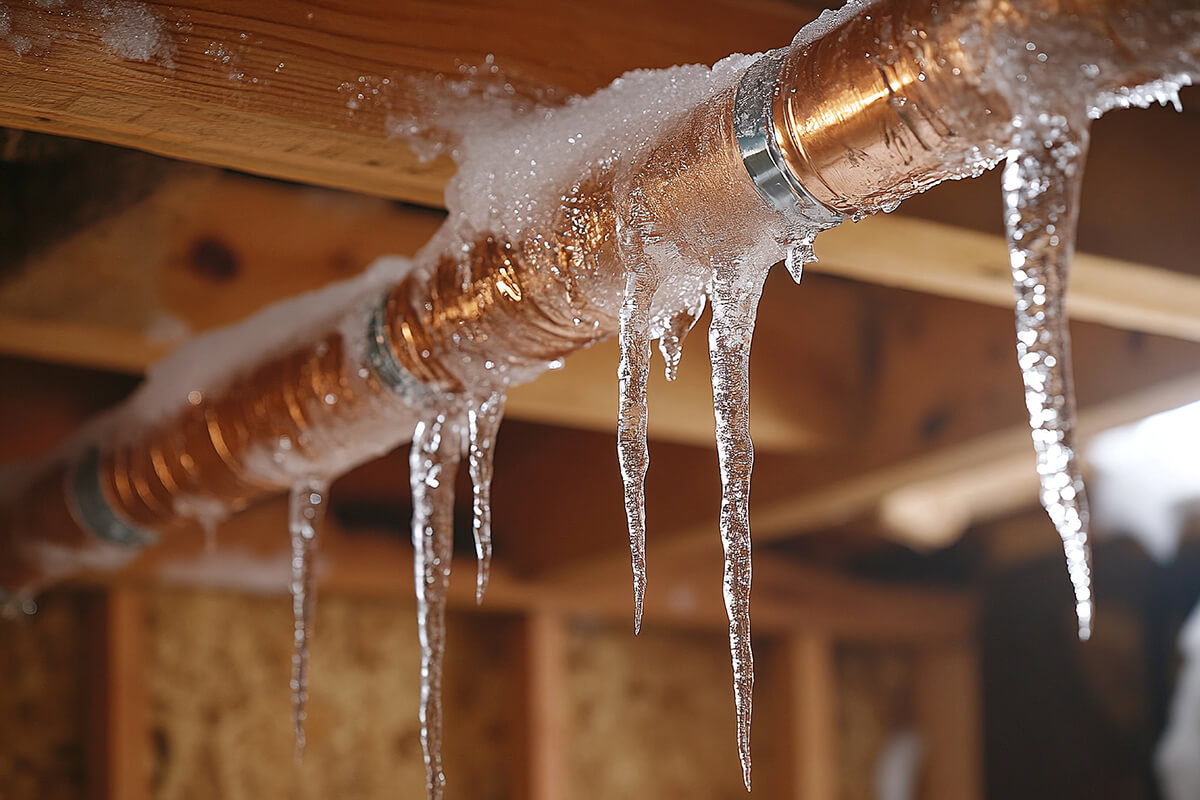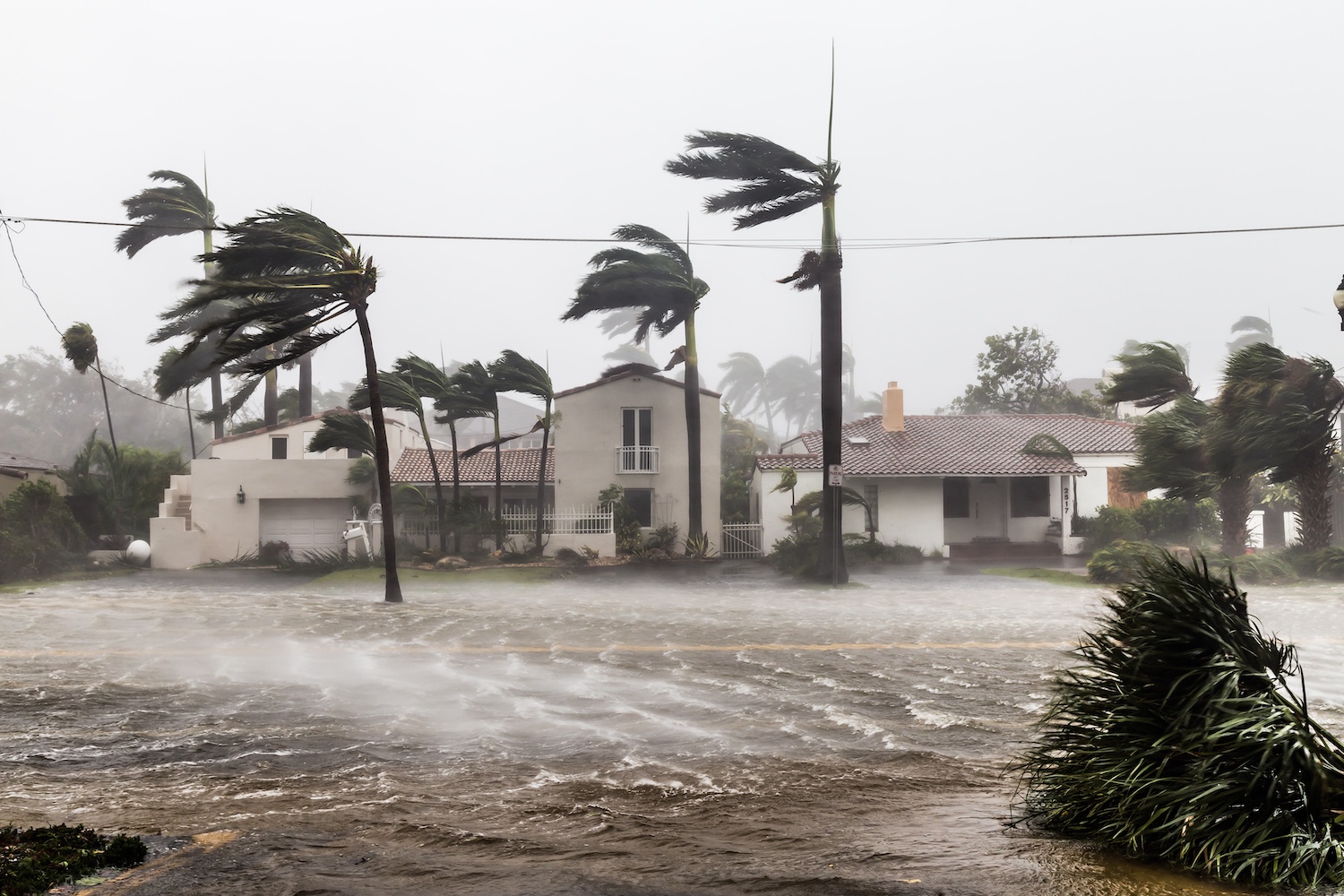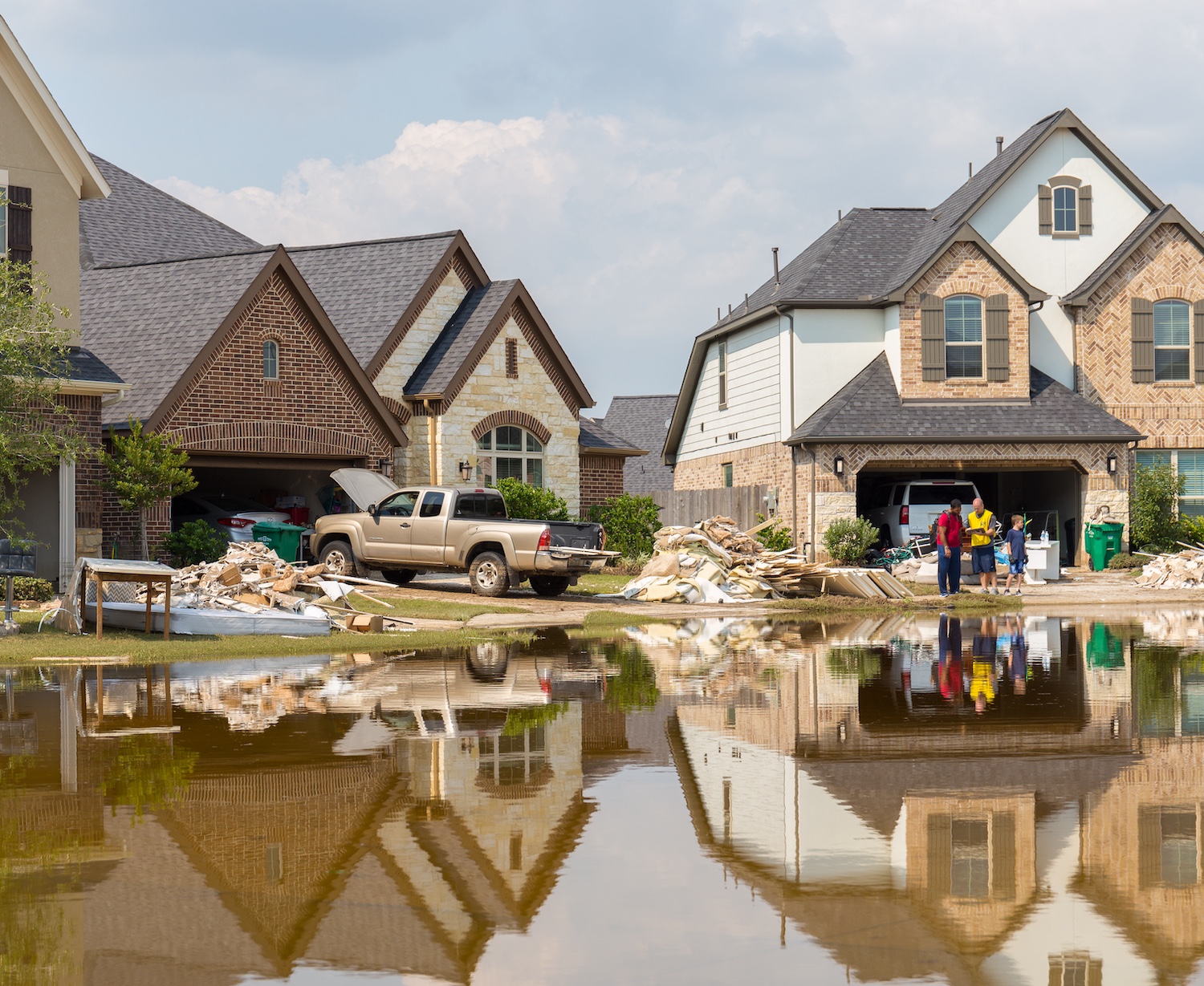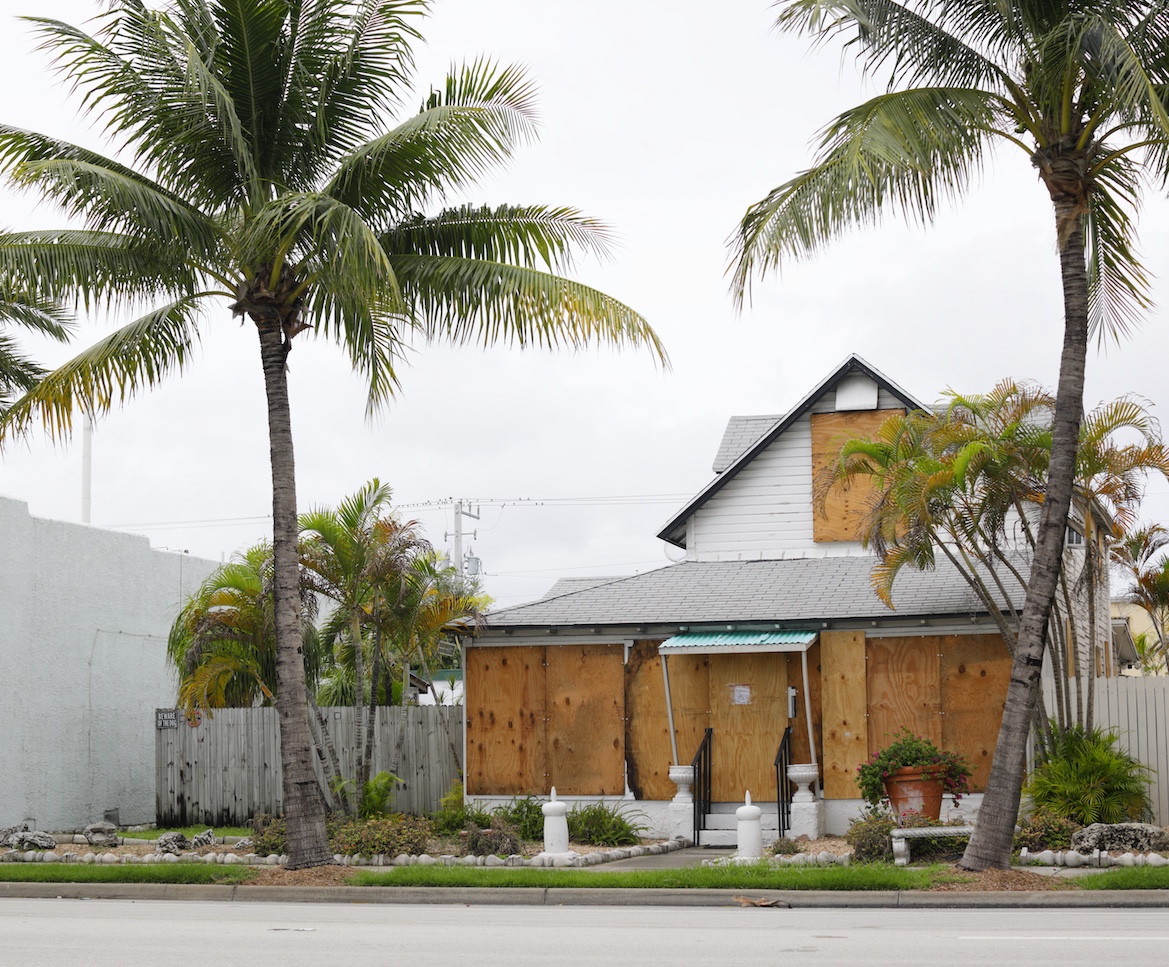Water damage can happen all year round, even during the cold winter months. Freezing temperatures and extreme snowfall can cause damage to your roof and HVAC equipment, leaving you with a serious mess, destroying carpets, warping walls, and ruining cabinets. The risks are real, and the repairs are costly if precautions aren’t taken. Here’s a guide to preventing winter water damage, including steps to protect against common culprits like frozen pipes, ice dams, and snowmelt.
Prevent Frozen Pipes
Finding icicles under your siding or frosted windows can mean trouble. Frozen pipes are the leading cause of water damage in winter, especially in uninsulated areas like basements, attics, and exterior walls.
A burst pipe can cause immediate water damage, leaking into other parts of the house. This added moisture often freezes on walls, windows, and doors, potentially damaging drywall and joints. Thankfully, preventing water damage from frozen pipes is simple and affordable.
- Keep the Heat On: If you’re heading out of town, keep your thermostat at least 55°F. This helps prevent pipes from dropping to dangerously low temperatures. A programmable thermostat can help maintain a steady, safe temperature in the house.
- Insulate Pipes: Wrap pipes with foam or fiberglass insulation sleeves to keep them warm, especially in unheated spaces.
- Let Faucets Drip: On freezing nights, let a trickle of water run through pipes connected to exterior walls. This keeps water flowing, reducing the chance of freezing.
Avoid Ice Dams
Ice dams form when a section of the roof heats up above freezing and causes snow to melt, typically at the roof’s peak. The melted snow travels down to the colder edges of the roof and refreezes, creating a barrier of ice.
As the dam grows, melted snow above it backs up and pools. This water can seep through cracks in the roof, leaking into the attic and eventually moving through walls and insulation. The moisture can cause water stains, structural damage, and mold growth. The risk of ice dams rises with heavy snow, so roof maintenance is essential to avoid costly repairs.
- Maintain Attic Insulation: Ensure your attic is well-insulated to prevent heat from escaping through the roof. This keeps the roof surface cool and reduces the chance of ice dams.
- Ventilate the Attic: Proper ventilation in your attic allows cold air to flow through, balancing temperature and minimizing snowmelt on the roof.
- Clear Snow from Roof Edges: To prevent ice buildup, use a roof rake or hire a professional to remove snow from the edges of your roof.
- Install Ice and Water Shields: If you’re considering a roof upgrade, install an ice and water shield under your shingles to provide a waterproof barrier along the eaves.
Manage Melting Snow
As spring approaches, melting snow can increase the risk of water damage to your home. As temperatures rise, rooftop snow can melt and seep into vulnerable areas. If your roof has over 20 inches of compacted snow or a mix of nine inches of snow and ice, it’s time to clear it.
Make sure your gutters and drains are clear so water can flow freely. After removing the snow, inspect your roof for wear, such as damaged shingles or flashing, and check the foundation for any cracks to prevent water infiltration. Taking these steps helps protect your home from costly water damage as winter thaws into spring.
- Clear Snow Piles: Shovel snow away from your home’s foundation and create a clear drainage path so melting snow doesn’t pool around it.
- Inspect Gutters and Downspouts: Make sure gutters and downspouts are clear of debris and functioning properly to channel water away from your home. Downspouts should direct water at least 10 feet away from the foundation.
Winter water damage doesn’t have to be inevitable. By taking these preventive steps, you can protect your home from the damaging effects of frozen pipes, ice dams, and melting snow. Regular maintenance, smart preparation, and prompt action are essential to ensuring a safe and dry winter season. Remember, a little prevention goes a long way in avoiding costly repairs and maintaining your home’s comfort.



